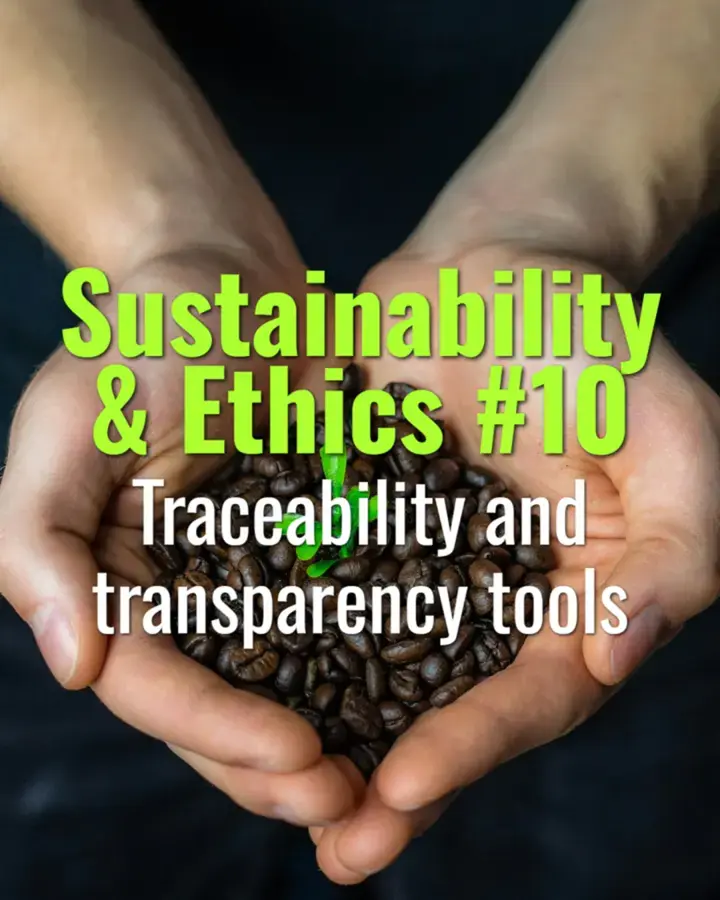Traceability and transparency tools
The tools and systems that enable traceability and transparency in coffee supply chains, why they matter, and how they empower farmers, roasters, and consumers.
- Coffee Basics Nerds
- 2 min read
Article 10 of 12 in Sustainability & Ethics/

Why Traceability Matters
- Builds trust between producers, roasters, and consumers.
- Ensures compliance with sustainability and food safety regulations.
- Allows premiums for quality, origin, and ethical practices.
- Critical for certifications and specialty markets.
Key Tools & Systems
1. Lot Coding & Physical Labels
- Unique identifiers on bags (QR codes, barcodes, RFID tags).
- Enables tracking from farm to roastery.
2. Digital Traceability Platforms
- Blockchain systems (e.g., IBM Food Trust, Farmer Connect) provide immutable transaction records.
- Cloud-based farm management software tracks yield, quality, and payments.
3. Certifications & Audits
- Fairtrade, Organic, Rainforest Alliance, etc., require documented traceability.
- Third-party audits verify compliance.
4. Export & Import Systems
- Shipping documentation (bill of lading, phytosanitary certificates).
- Warehouse management systems track lot segregation and movement.
5. Consumer-Facing Tools
- QR codes or online portals allow consumers to trace their coffee back to farm or cooperative.
- Transparency storytelling increases willingness to pay premiums.
Benefits of Transparency
- Farmers gain recognition for their work and may secure higher prices.
- Roasters differentiate their products with verified sourcing.
- Consumers feel empowered, connected, and more loyal to ethical brands.
Challenges
- Cost of digital systems may be high for smallholders.
- Data accuracy depends on honest reporting.
- Complexity in multi-origin blends.
Summary
Traceability and transparency tools—from lot codes and blockchain to certifications and consumer QR codes—help ensure ethical, high-quality, and safe coffee. They empower all actors in the chain, but require investment and collaboration to function effectively.